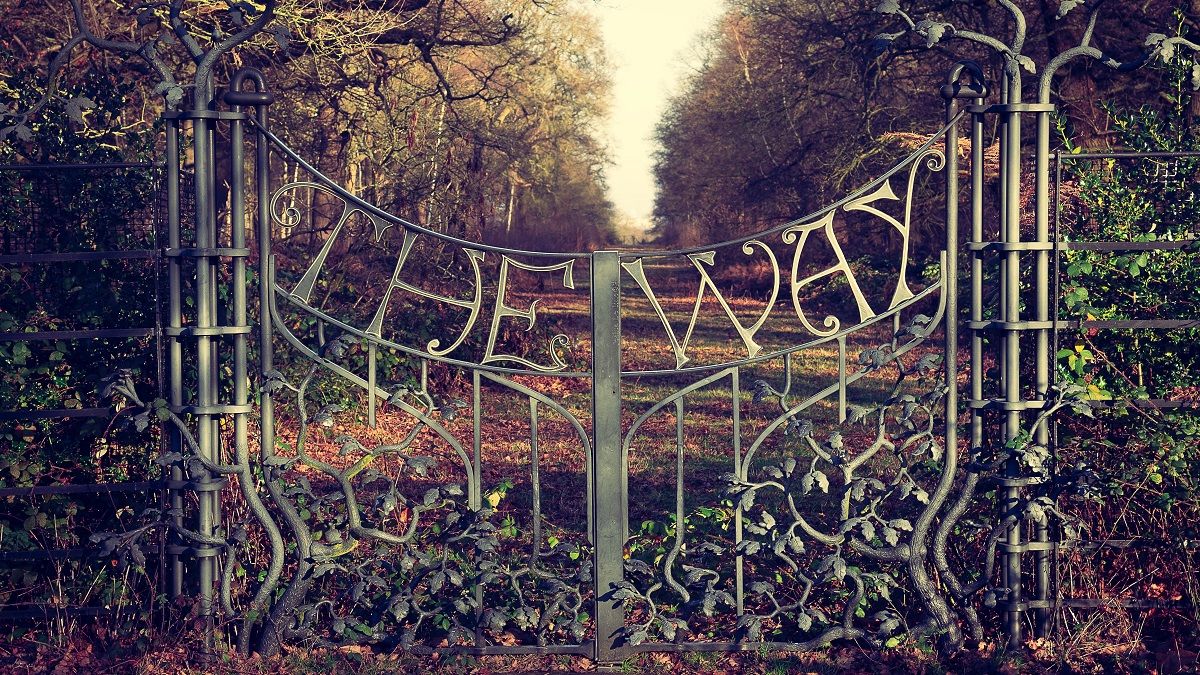The EU has unveiled plans for a €300bn project to boost sustainable links around the world in a drive known as the ‘Global Gateway’.
Set to take place between 2021 and 2027, the project is looking to ‘boost smart, clean and secure links in digital, energy and transport and strengthen health, education and research systems across the world’.
It is widely seen as a rival to China’s ‘Belt and Road’ initiative, which has funded infrastructure around the globe.
Ursula von der Leyen, president of the European Commission, said in a statement: “Covid-19 has shown how interconnected the world we live in is. As part of our global recovery, we want to redesign how we connect the world to build forward better. The European model is about investing in both hard and soft infrastructure, in sustainable investments in digital, climate and energy, transport, health, education and research, as well as in an enabling environment guaranteeing a level playing field.”
She added: “We will support smart investments in quality infrastructure, respecting the highest social and environmental standards, in line with the EU’s democratic values and international norms and standards. The Global Gateway Strategy is a template for how Europe can build more resilient connections with the world.”
Looking West
The Global Gateway initiative has been announced as bringing together the EU Member States with their financial and development institutions, including the European Investment Bank (EIB), and the European Bank for Reconstruction and Development (EBRD). The EC also said that it will seek to partner with the private sector.
Interestingly, while most of the conversation focused on the rivalry with China’s initiative, the EC spoke of the US’s Build Back Better World programme, saying the two would ‘mutually reinforce each other’.
The EC added: “Global Gateway builds on the achievements of the 2018 EU-Asia Connectivity Strategy, the recently concluded Connectivity Partnerships with Japan and India, as well as the Economic and Investment Plans for the Western Balkans, the Eastern Partnership, and the Southern Neighbourhood. It is fully aligned with the UN’s 2030 Agenda and its Sustainable Development Goals (SDGs) and the Paris Agreement.”
Tellingly, the press release consists of 1,158 words, none of them being the word ‘China’.







